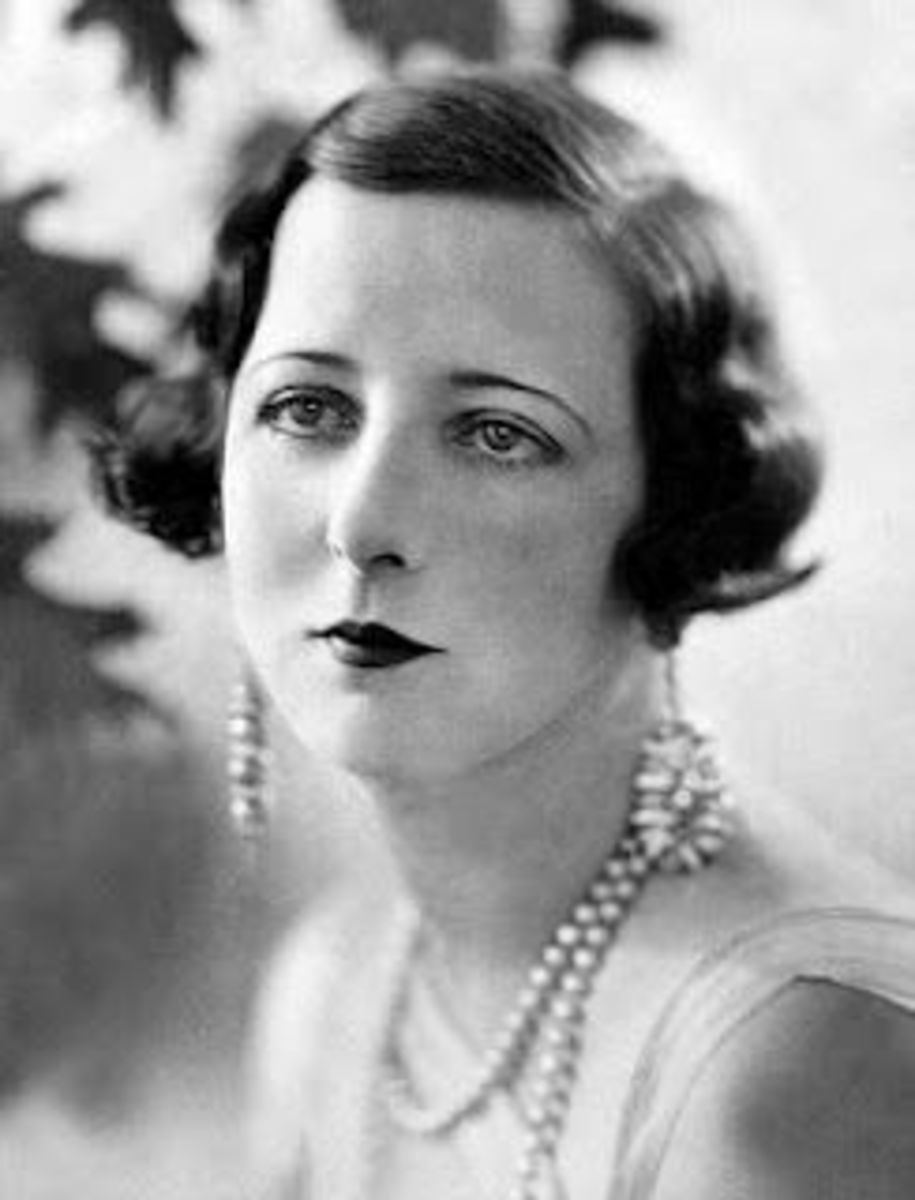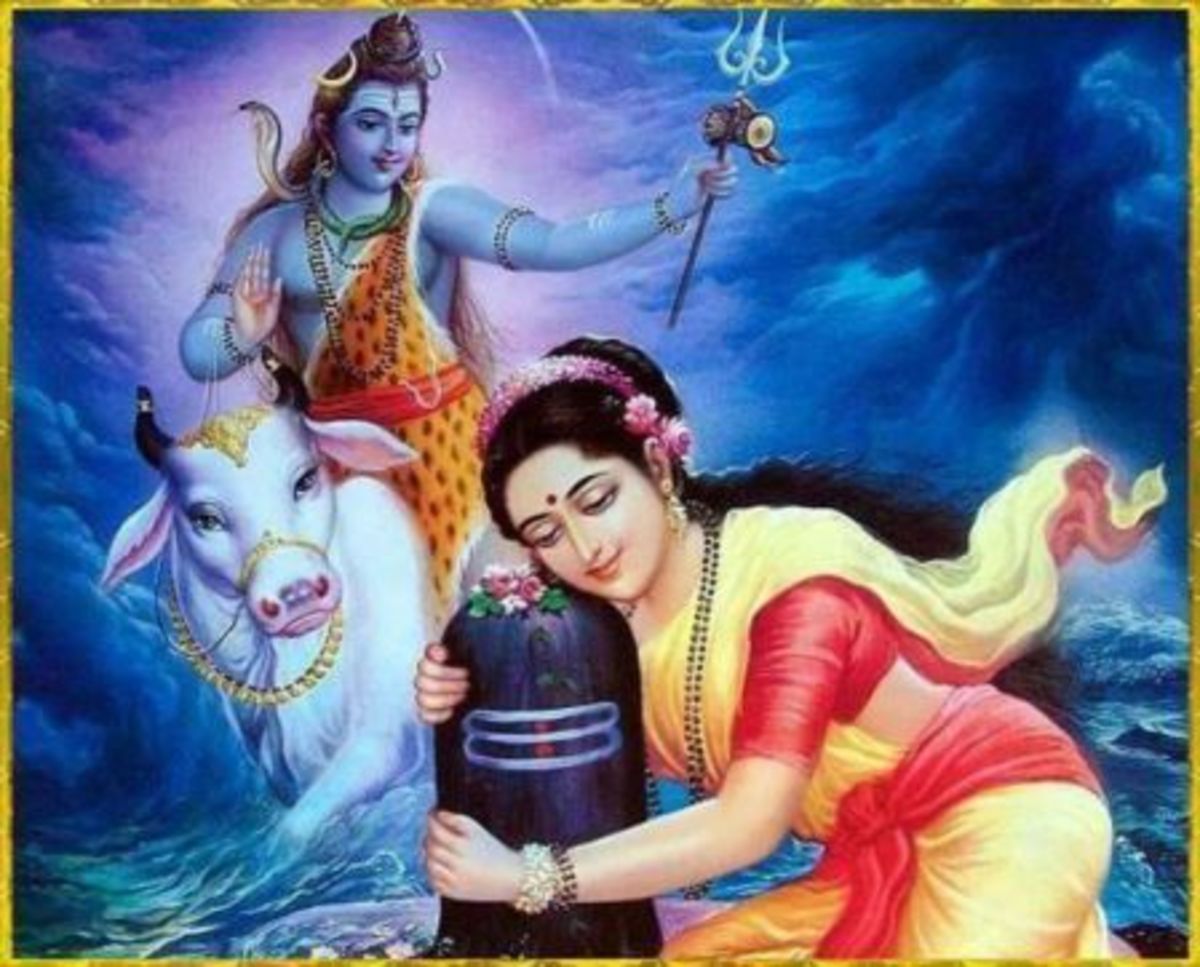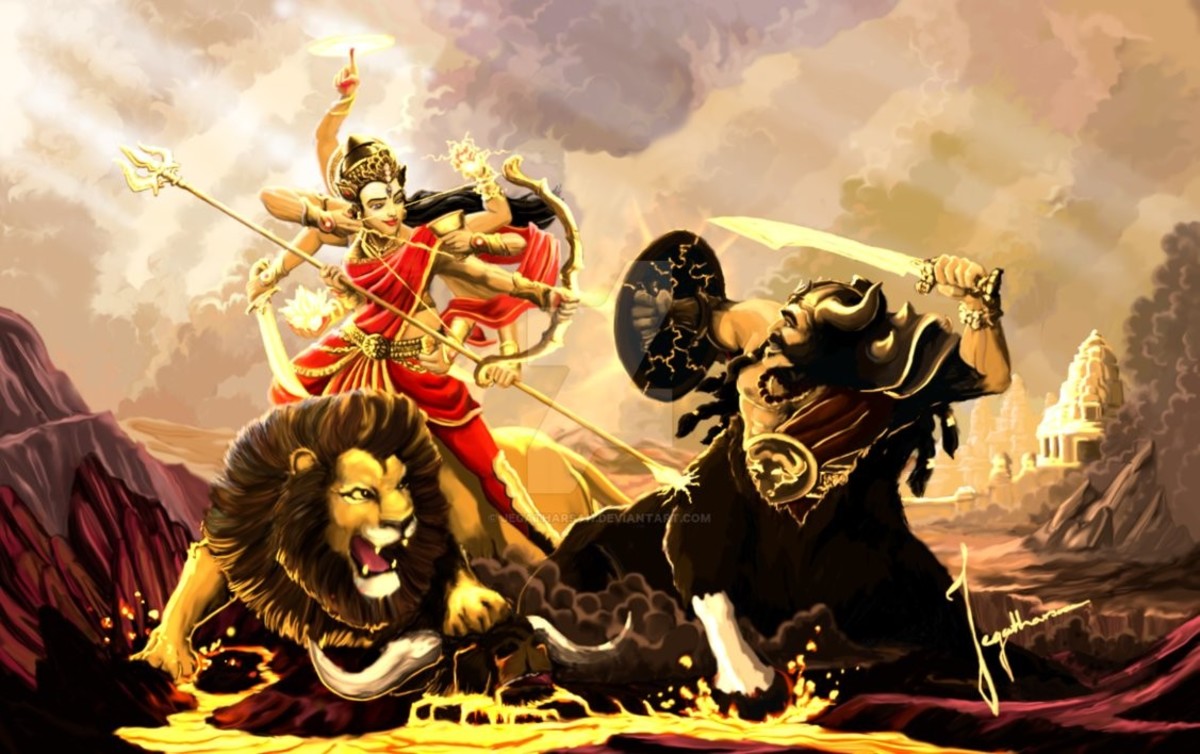VEDIC MARRIAGES VS ARRANGED MARRIAGES
Matriarchial Vs Patriarchial Marriages
The earlier Vedic marriages were based on matriarchial ideas and gave high status to women. Before 500 B.C. Hindu women married at the age of 18 years and older.
The swayamvara ceremony was conducted by the family of the bride. The woman met with eligible men who often proved their physical prowess, intellectual and spiritual abilities in this ceremony. The woman decided and garlanded the man she wanted. Sita married Rama through such a ceremony, where Rama broke the Bow of Shiva.
A Gandharva marriage is another variant where the man and women choose to be married through mutual attraction and affection. There are no rituals or witnesses; they simply lived together and proclaimed they were married. The marriage of Dushyanta and Shakuntala is a well-known example of this kind of marriage.
Another well-known Vedic type of marriage, which affirmed a women's right to choose her own husband, is marriage by "kidnap." In this case the woman does not want to marry the man the family wants her to marry. She has a favorite man she wants to marry who she is very much in love with who loves her in return. She has the right to choose her beloved over the wishes of the family. The man she wants to marry comes and carries her away. They marry and the family shows up for the marriage.
Two well-known examples of this kind of marriage are the marriages of Krishna and Rukumini and Arjuna and Subhadra. Rukumini asked Krishna to marry her and to take her away at the temple. Her brother wanted her to marry Prince Shusipala. Krishna shows up at the temple in his chariot and ends up fighting her brother with the help of Balarama, Krishna's brother. After his defeat Krishna marries Rukumini at Dwarka surrounded by family. Her father secretly has prepared a mansion for both of them because he favored Krishna over Shusipala.
Arjuna comes in his chariot to the temple to marry Subhadra. Balarama favors Duryodhan as a husband for Subhadra, Krishna's sister. Krishna and his father, Vasudeva, favor Arjuna, Krishna's disciple and friend, as a husband. Arjuna and Subhadra are advised by Krishna to let Subhadra take the reigns of the chariot to show she is the one who is "kidnapping" Arjuna. They are married after all this excitement and action.
These forms of marriage all give the choice and right of a woman to decide who she will marry. They are matriarchial types of marriages where the women had high status and many rights in the marriage. She is an adult and is treated like one.
India was at the height of its prosperity when women were given high status. This is in contrast to modern India, which has adopted, over time, more patriarchial forms of marriage, such as arranged marriages and self-arranged marriages. After 500 B.C. women lost their former high status and parents started to control who married their children. The woman was under the control of her parents, the control of her husband and family. Women became more oppressed and treated more and more like property.
Self-arranged marriages are common in urban India, where a couple actually knows each other and likes each other. They merely go through their parents to marry.
In an arranged marriage the woman or girl (in the case of child marriages) rarely knows the potential suitors. Parents share horoscopes and set up meetings with potential suitors who spend time visiting them and also visiting with the girl or woman. She can accept or reject any suitor, but she is often greatly influenced by her family in her choice.
Some of the reasons for rejection can make you wonder about their value system. Some are rejected because they are "too fat, wear glasses, are too smart and have too dark of a complexion." Boys or men can be rejected for various reasons, such as "having too dark a complexion, not having enough money or not being the right social class or caste."
While some people like their parents taking over this part of their life, many young people seemed to express opposition and problems with the arranged marriage system. Many social problems are caused by this system. Some people end up with an abusive partner and are trapped in the marriage because of the social stigma against divorce or because the woman can not support herself financially. Murders and suicides happen because of the oppression of such situations. Often the partners do not know each other well and this causes a lot of friction with each other and the family.
One young Indian man expressed his opinion on the BBC recently about the gang rapes in India and the safety of women in general in India. He said that men and women are separated too much and do not know each other. As you can see when people are choosing partners for marriage, they might not really know the lives of each gender very well. He believes women become objects to men in this kind of situation. In these arranged marriages, inner qualities are not always as valued as outward beauty. After all people are being rejected for being over weight, wearing glasses and being too dark in complexion. The most physically beautiful women and men are favored over those with better inner qualities.
In nature diversity is valued and preferred. As many readers recall the problems of royal families who have a lack of diversity. Genetic diseases and conditions become engrained in these situations.
As for me I admire the Vedic Marriage Model, where a woman is treated like an adult and an equal to her husband. The marriages of Sita and Rama, Krishna and Rukumini and Subhadra and Arjuna are great models for our times. The Vedic marriages are marriages of love and choice, not oppression. For India to solve their rape situation, women need to be valued again and not be treated like sex objects. I favor a return to the Vedic marriage system. As Krishna said, "A woman has a right to choose her own husband."
Gandharva marriage today would include a ritual, so as to make it legal. Back in ancient times this form of marriage did not require a ritual, but with the present legal situation for a woman to secure her rights she would have to have a ritual. Gandharva marriage is the ideal of romantic and spiritual love of the partners in marriage.
Marriage is a partnership, not a dictatorship. Marriage is sacred and should be based on love and choice. Both partners should be involved with decisions and the economic well-being of their household. Vedic marriages fulfill true partnership based on love.
Dr. Martin Luther King talked about the "beloved community", which included all races, genders and nations. Gandhi created this kind of community with the Indian Independence Movement. People from many nations, all genders and races joined the movement against oppression. When we get to this kind of consciousness, women will be treated with respect. The Vedic Marriage Model promotes this ideal of love and choice. People can get beyond the Hollywood and Bollywood images, centered on outward beauty, to find real love for all.
JAI SHRI VEDIC MARRIAGES! JAI SHRI BELOVED COMMUNITY! JAI SHRI SITA-RAM!
Radhapriestess







